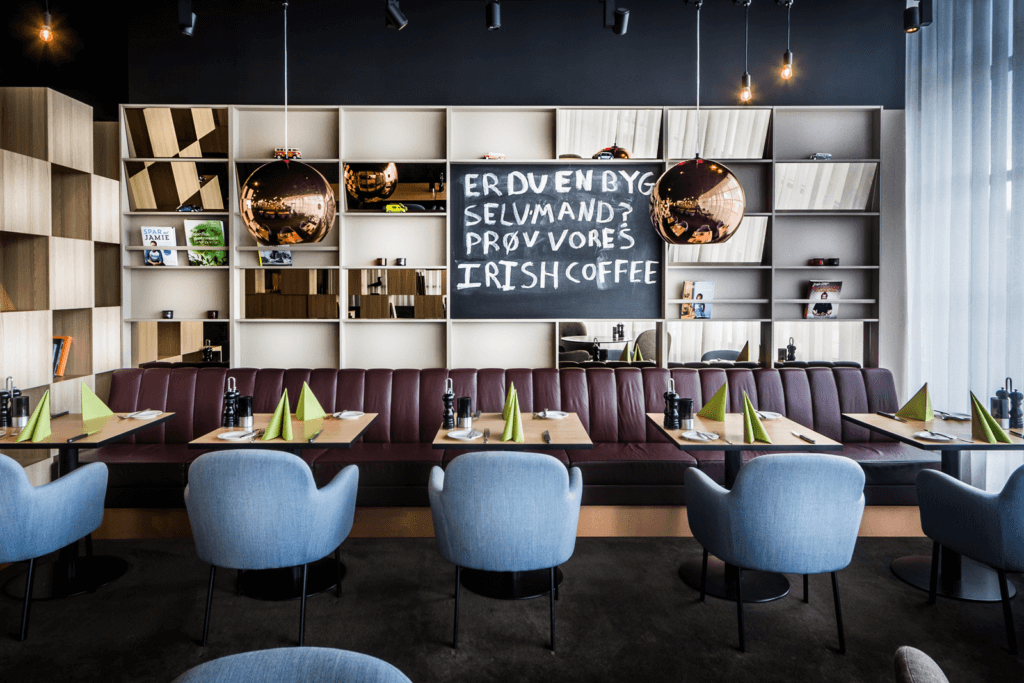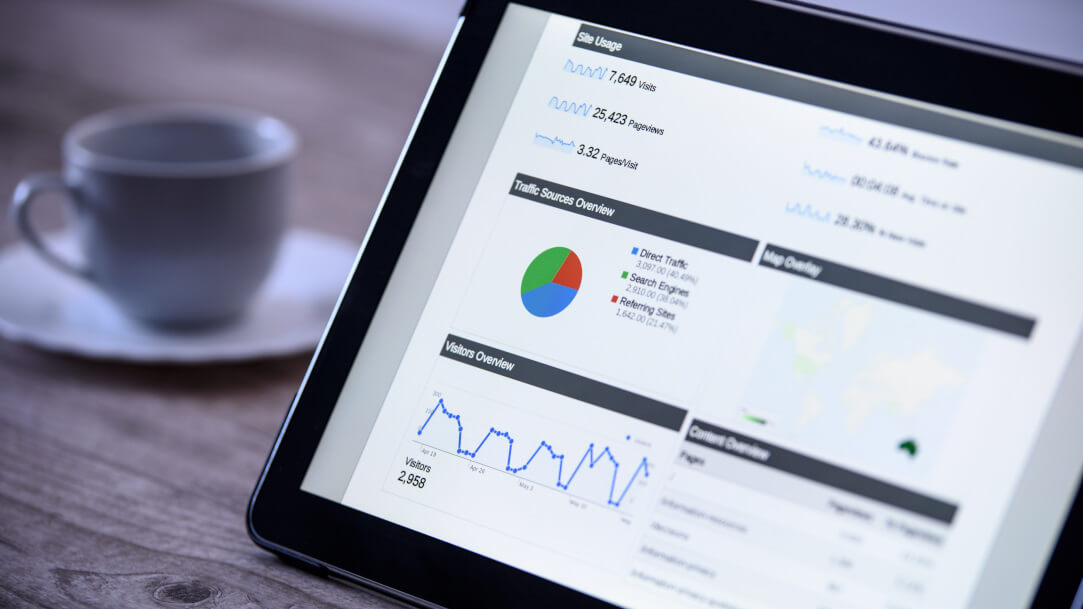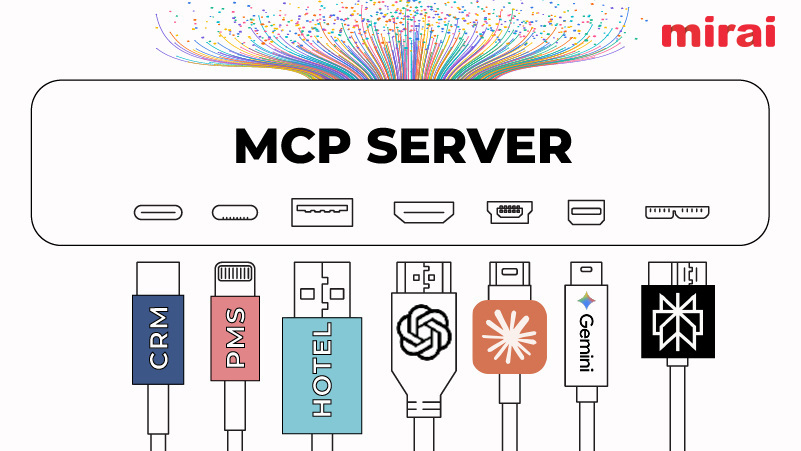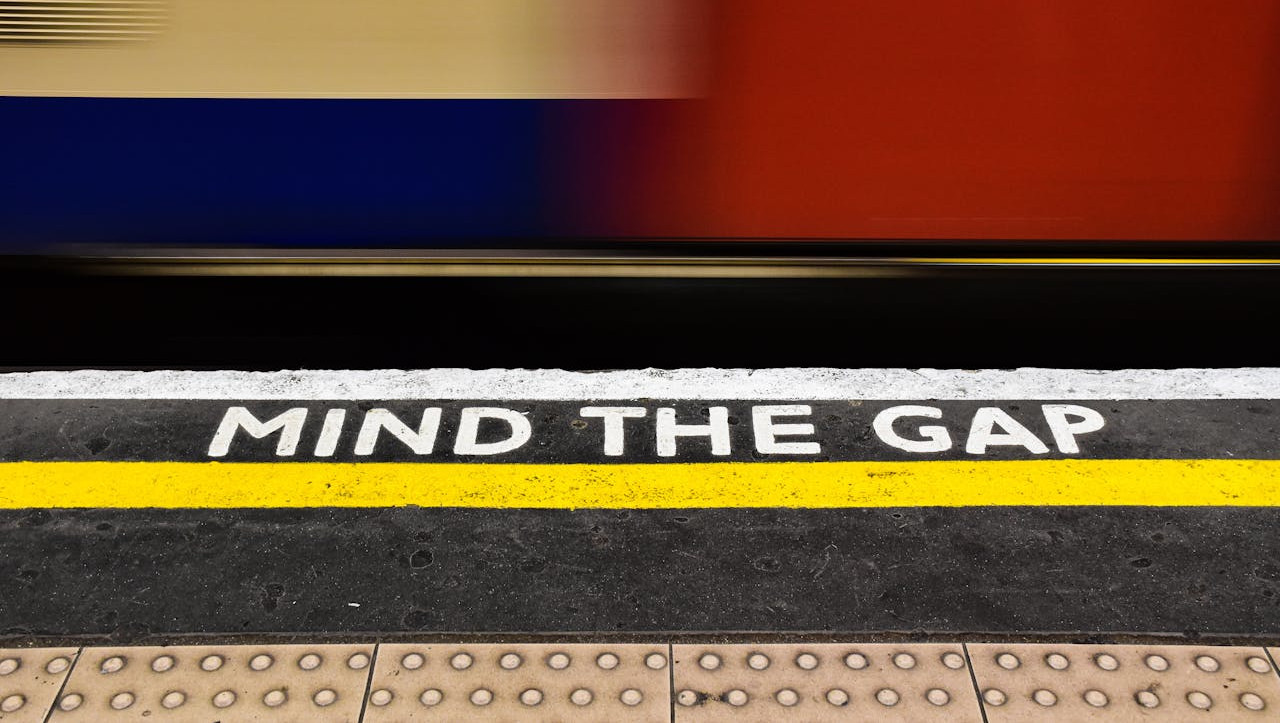
Hotel F&B revenues are no longer just an ancillary income. With favourable margins and a shift in customer consumption, F&B can become an essential lever to increase hotel revenue.
NB: This is an article from Catala Consulting
It’s more important than ever to maximise returns from your restaurant, bar and room service. Revenue management has evolved from tactical to strategic, from static to dynamic pricing, and now provides us with the tools to redesign F&B landscapes too.
Contents
1: Revenue Management Strategy for F&B
2: Tactics to Increase Hotel F&B Revenue
2.1: Conduct Market Analysis
2.2: Ensure Accurate Forecasting
2.3: Maximise Capacity
2.4: Increase Room Service Revenue & Takeaway Sales
2.5: Optimise Table Turnover
2.6: Adopt Dynamic Pricing
2.7: Restaurant & Room Service Menu Engineering
3: The Most Important Asset to Increase Hotel Revenue
Revenue Management Strategy for F&B
Both Room and F&B departments provide perishable and intangible services. Fluctuating demand, high fixed costs and low variable costs make it essential to optimise profitability in both areas. However, F&B differs from rooms in one key area: unfixed capacity. Even though floor space is fixed, layout and service duration can be changed, which gives way to revenue management opportunities.
F&B revenue is dependent on price management, service capacity, table turnover and menu. In order to increase hotel revenue and profitability, you must sell the right seat to the right customer for the right duration. To track business results through meal duration and price, several key performance indicators can be used:
- Seat Turnover: number of customers/available seats
- RevPash: Revenue per available seat hour
- TrevPash: Total revenue per available seat hour
- GopPash: Gross operating profit per available seat hour
Tactics to Increase Hotel F&B Revenue
F&B revenue management can employ many of the sames techniques as room revenue optimisation. However, the flexibility to adjust your capacity and offer provides new opportunities.
Conduct Market Analysis
As with room revenue, it is necessary to identify which business mix contributes most of the revenue. There is a possibility to use hotel room segmentation to determine the different needs and expectations of the travelers. For example, business travelers may prefer the convenience of a room service offer. Leisure customers are less time-sensitive and may be willing to treat themselves to expensive options in your restaurant. For time-sensitive consumers, a quick self-service kiosk to pick up food could be a solution.
Subscribe to our weekly newsletter and stay up to date
With a younger generation influenced by brand image and experiences, hoteliers’ F&B offers must stand out. Being aware of market trends is vital. For example, quick, healthy and sustainable options are in high demand. This in turn provides the opportunity to increase hotel revenue and create attractive marketing content.
Social media is vital to share these messages and to keep an eye on market tendencies. Understanding your target market can also provide insights into how revenue management tactics might be viewed. Some are commonly accepted, such as price difference between lunch and dinner, or cancellation due to late arrivals. Others are not equally accepted among young and older consumers.

Ensure Accurate Forecasting
Forecasting demand for hotel F&B outlets is a real challenge. You will need to gather data from several different points of sale. These may be affiliated to other departments which makes their revenue allocation and forecasting even more complex.
The different sources of F&B revenue include room service, banquet/conferences/catering, mini bar, and lobby. F&B revenue can also come from both in-house and external guests. The performance of each area must be carefully tracked and coordinated. One solution is to set up a system gathering all point-of-sale data in one central database. You can then use consistent processes to report, track and allocate revenue and expenses. This informs better decision making and tracks how each area contributes to increasing hotel revenue.
F&B managers need to analyse variances to budget, previous forecast and historical figures by taking into consideration the current market situation. Determining an accurate number of covers can help to secure revenue from OTB and forecasted, determine the F&B allowances in packaged rates, and reduce unnecessary expenses.
Maximise Capacity
The goal is to balance occupancy between maximising all available space and not turning away customers. How can you achieve this? Use a flexible floor plan. Restaurant layouts can accommodate a potential increase in demand. Ensuring you have a mix of different sized tables can help you avoid wasted capacity and consolidate revenue.
The right overbooking policy aims to gather qualitative data of no-shows, cancellations, and walk-in guests to set the acceptable level of overbooking. As with airline companies, alternative times can be offered in exchange for discounts. These can vary upon customers’ arrival times and loyalty. A call-to-confirm reservations policy can improve brand image and revenue. It isn’t easy to know exactly how many customers will show up, even when they have confirmed. To limit the risk of unused seat hours, deposits may be considered to discourage ‘no shows’.
Increase Room Service Revenue & Takeaway Sales
With social distancing requirements (and attitudes), the trend of minibars and room service has given way to more bespoke solutions. Moving from limited menus to a full private dining experience is an excellent way to maximise your room service revenue. Similarly, why make the minibar a guilty pleasure when you can offer cocktails or by-the-glass wine instead. It provides a better guest experience and can increase hotel revenue. This can be particularly appealing when teamed with 2-for-1 happy hour deals.
Another huge opportunity is to offer food and drinks to go for both in-house and external guests. This should be done in a premium and valuable way, with eco-friendly containers and even the option for hampers or picnic kits (at additional cost). If your hotel is near a park, beach or square, you suddenly have a valuable new USP for your F&B at no extra cost.

Optimise Table Turnover
One vital element to consider is time-variable demand. The length of time a customer stays once seated can’t be controlled. However, time is money, and contrary to rooms, a seat can be used several times per opening hour. Such information could help to make a better booking decision, give better waiting time estimates for walk-in guests, and allocate price to a time length.
Options to reduce the time variability include offering a menu which has fewer options. This can reduce customers’ decision-making time significantly. It can also make preparation and dining time more consistent. Items which are not popular or profitable can be removed. Other subtle tactics include offering tables at the bar, recommendations to speed up ordering, and reducing the time between customers with quick changeovers.
Inviting customers to enjoy a drink while they are waiting for their table is common practice. One more drastic option is inviting customers to move to another area for desserts and drinks. This approach could be themed as part of the experience. However, it’s only suitable if the service level and change over experience are positive.
Adopt Dynamic Pricing
Dynamic pricing can be used to offer different prices based on demand type and period. As with rooms, price fences can be used to differentiate between services/products and segment customers into appropriate rate categories based on their willingness to pay.
F&B fences could be physical using table location, menu size, amenities; or intangible using booking timing, membership, day of the week or meal duration. You can use these tactics to reward the most loyal customers and ensure the highest margin at the busiest periods.
The use of promotions during low periods should ensure variable costs are covered. Cost control is vital to increase contribution margin, especially during a low period. Your aim should be to minimise expenses by adapting the food offer, reducing staff and restricting hours. Not all items on your menu will fit with this approach, which highlights the importance of menu engineering to balance high and low food cost items.

Restaurant & Room Service Menu Engineering
Menu engineering looks at the profitability and popularity of your menu to maximise its value and profitability.Here are few tips to apply:
- Use psychological menu design: highlight the most profitable offerings, limit the choices, provide interesting descriptions, use visual cues and leave out currency signs.
- Place the highest contribution item on the upper left and upper right-hand corners of the menu. Then for each section, place your most profitable items at the top and bottom of the list.
- Beware eye scanning patterns: items in the bottom left and bottom right of the menu tend to be missed.
- Check the menu price structure: middle priced items should represent 50% of the menu, the lowest and highest prices represent the remaining portion.
- Check your price positioning: calculate the ratio between the highest and lowest prices per food category. Ensure it is suitable for your target market.
- Identify and deploy the most effective promotions for your customer base. These can be on the main menu or provided as an addition to reduce re-printing costs.
The Most Important Asset to Increase Hotel Revenue
Using the best revenue strategies can be useless if customers do not enjoy the experience. Keep in mind that the service provided by your staff makes customers spend more, book again and tell their friends. It is far more effective than any promotion, tactic or marketing strategy. Organise training, make your staff taste the products, teach them the art of upselling. Above all, listen to them as they are your most reliable allies and the best connection to your customers.




